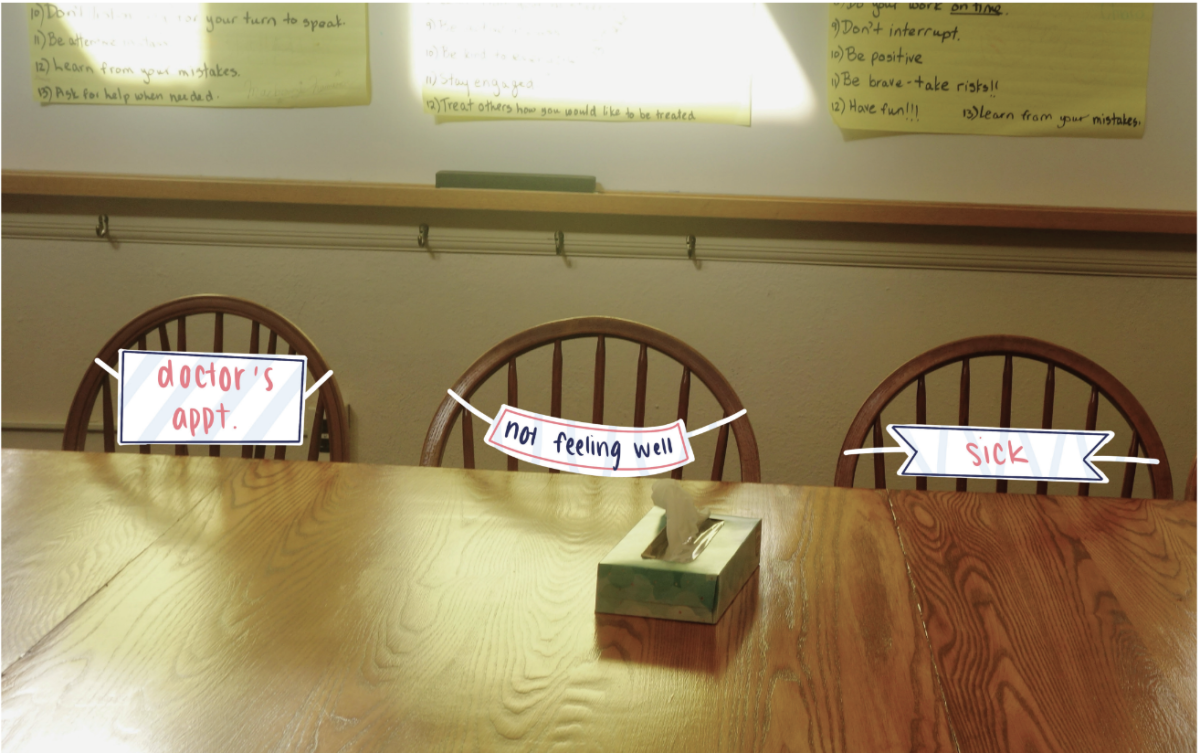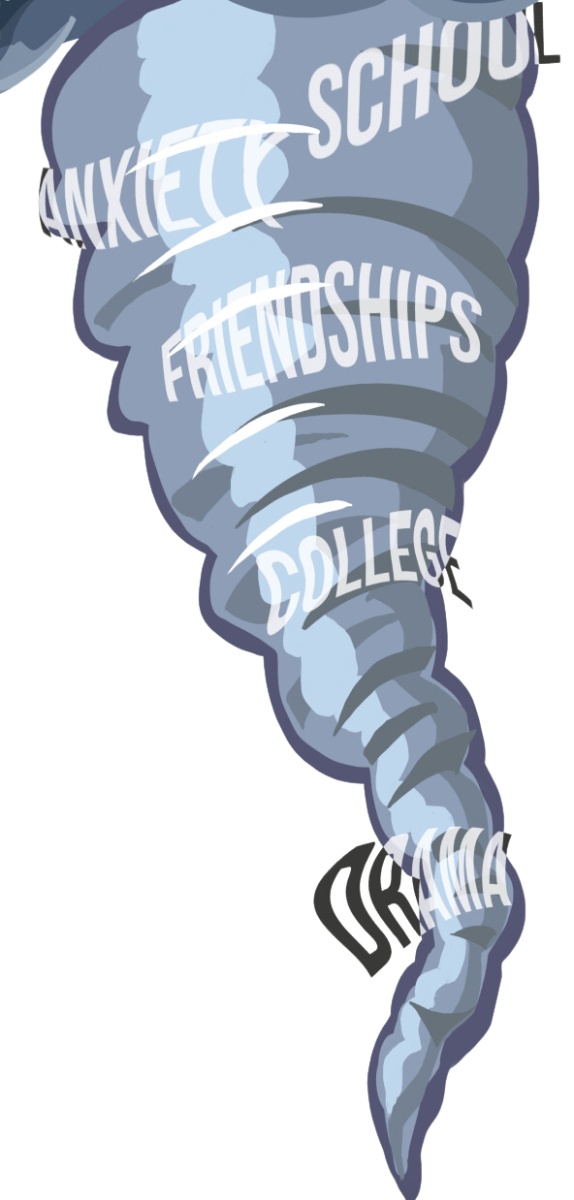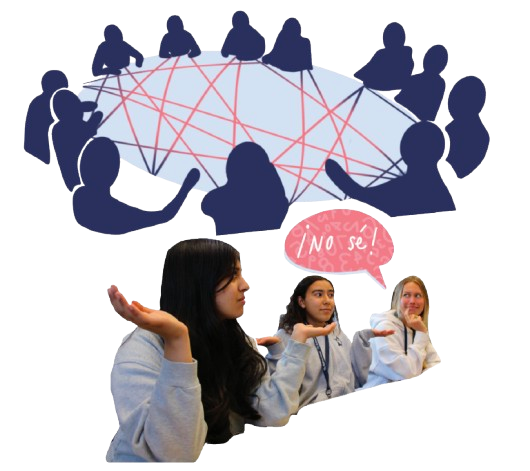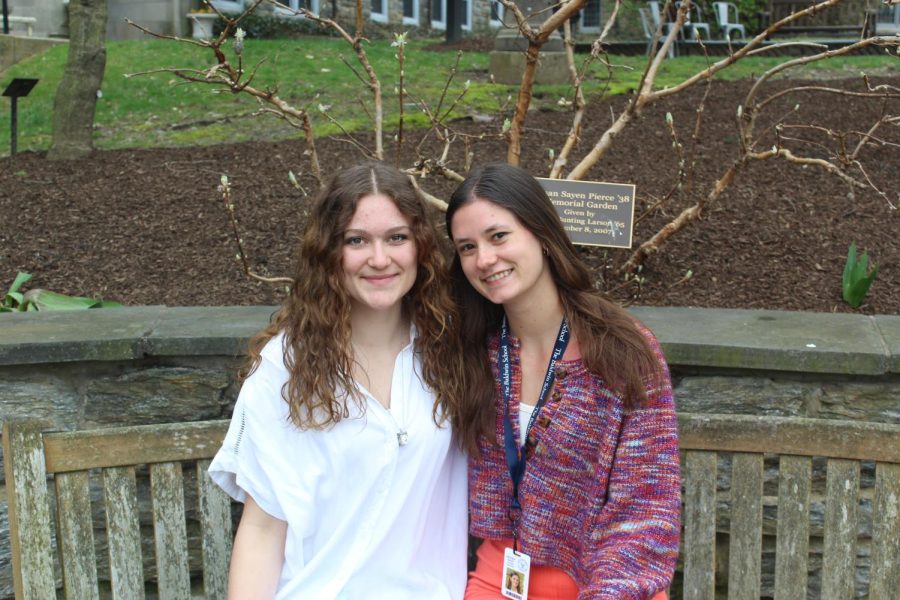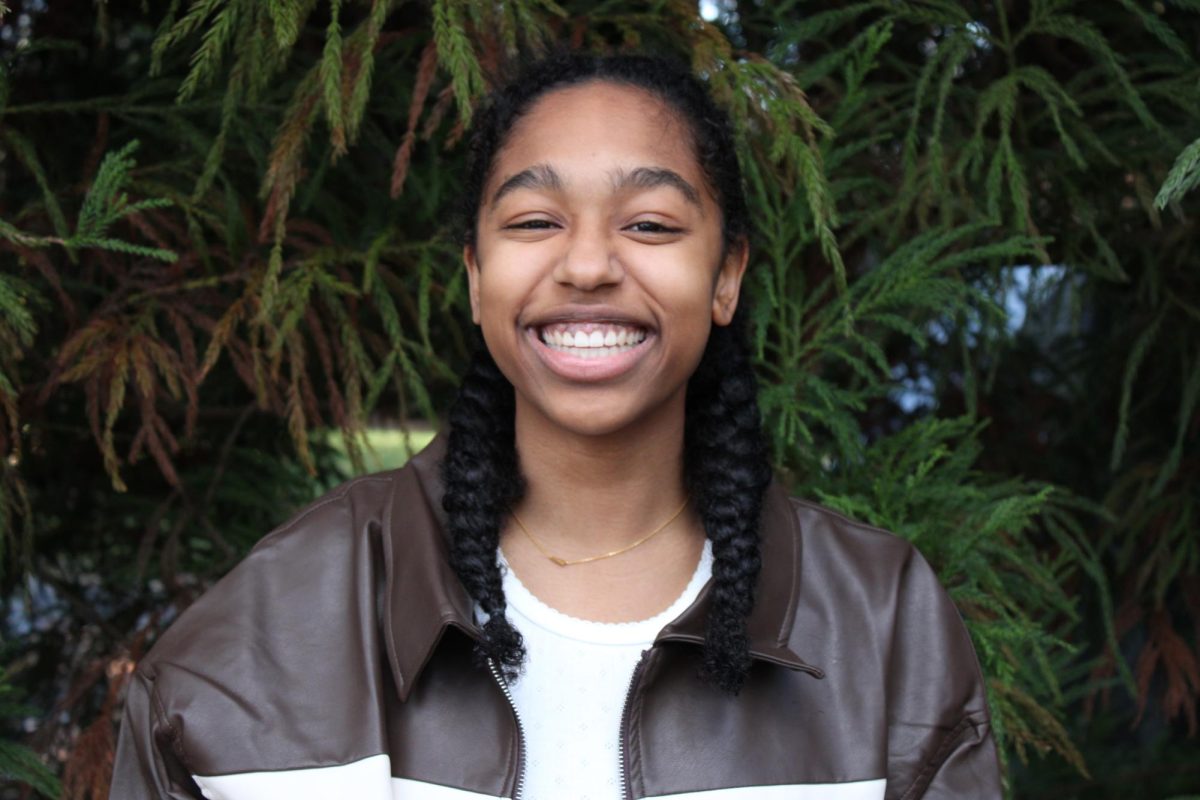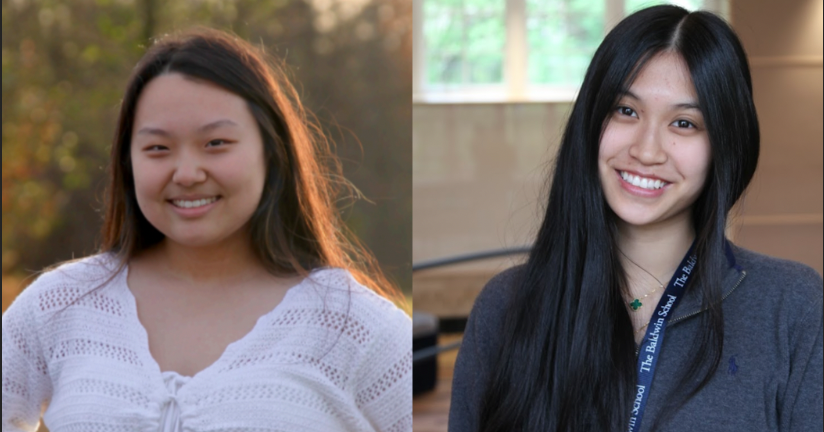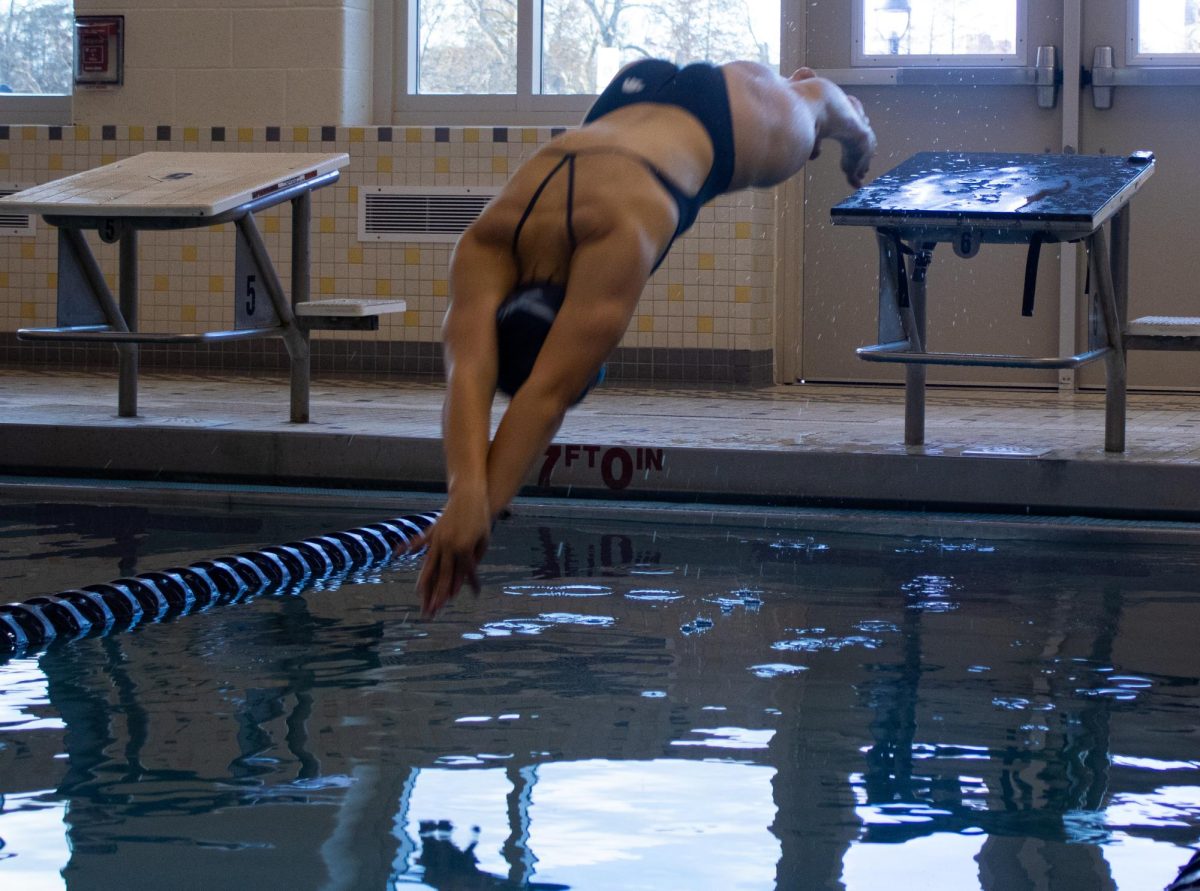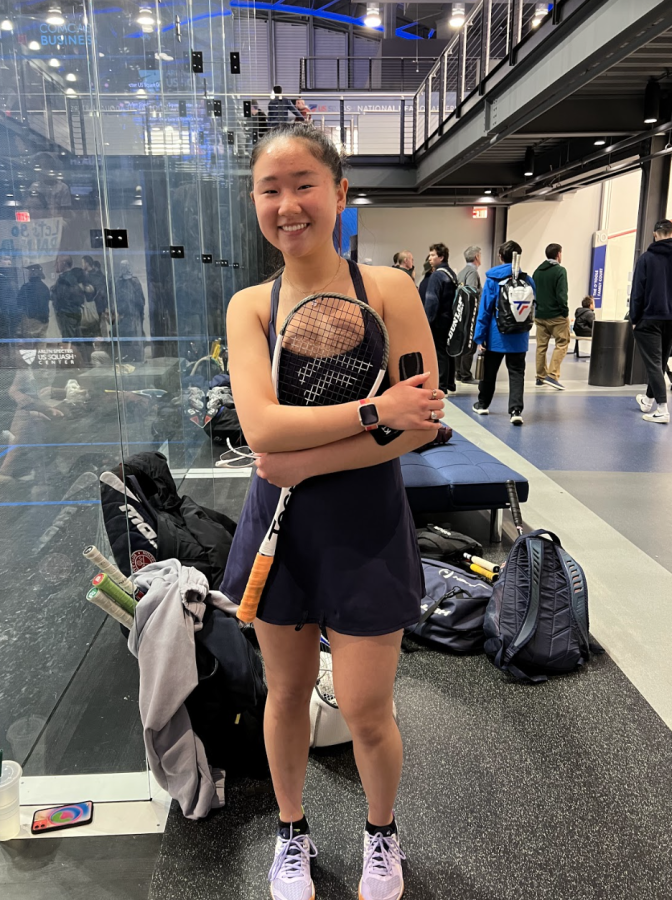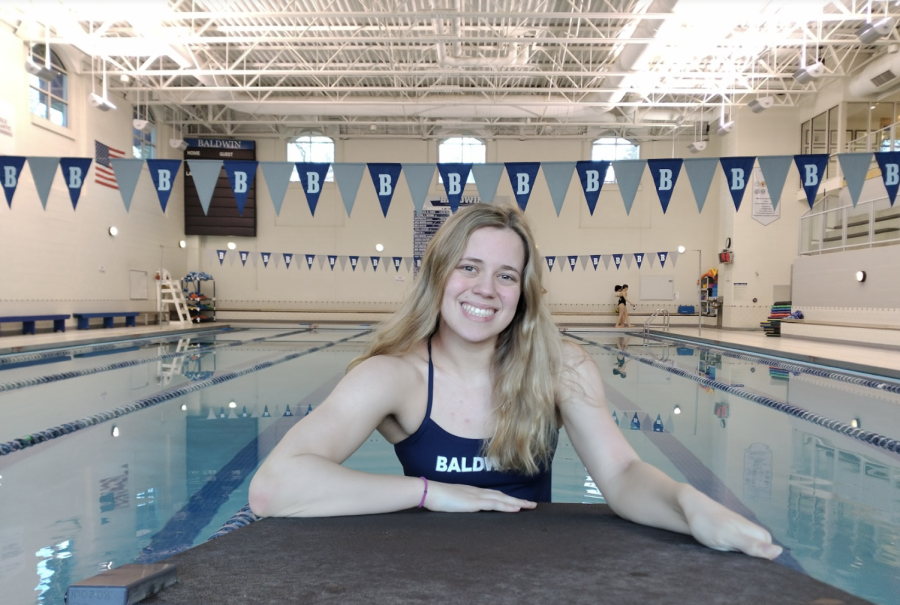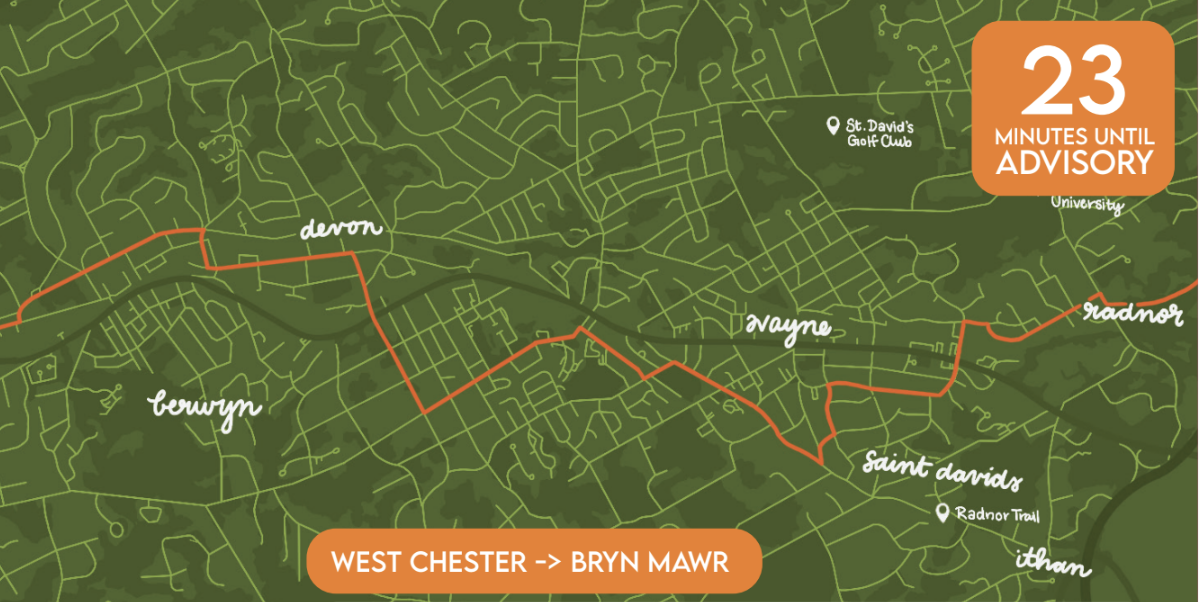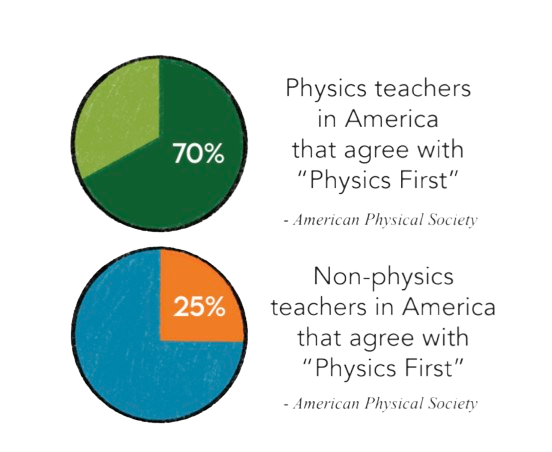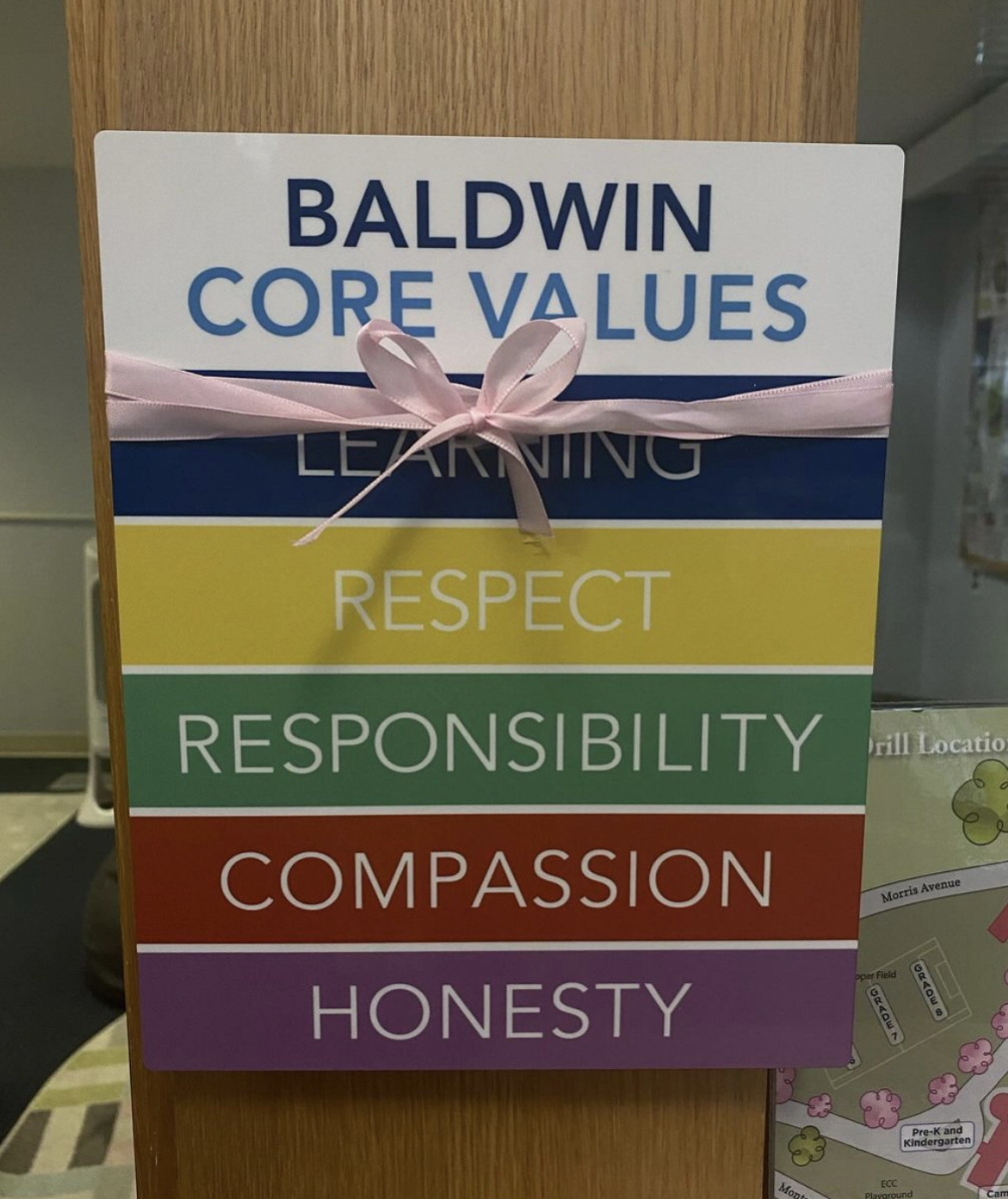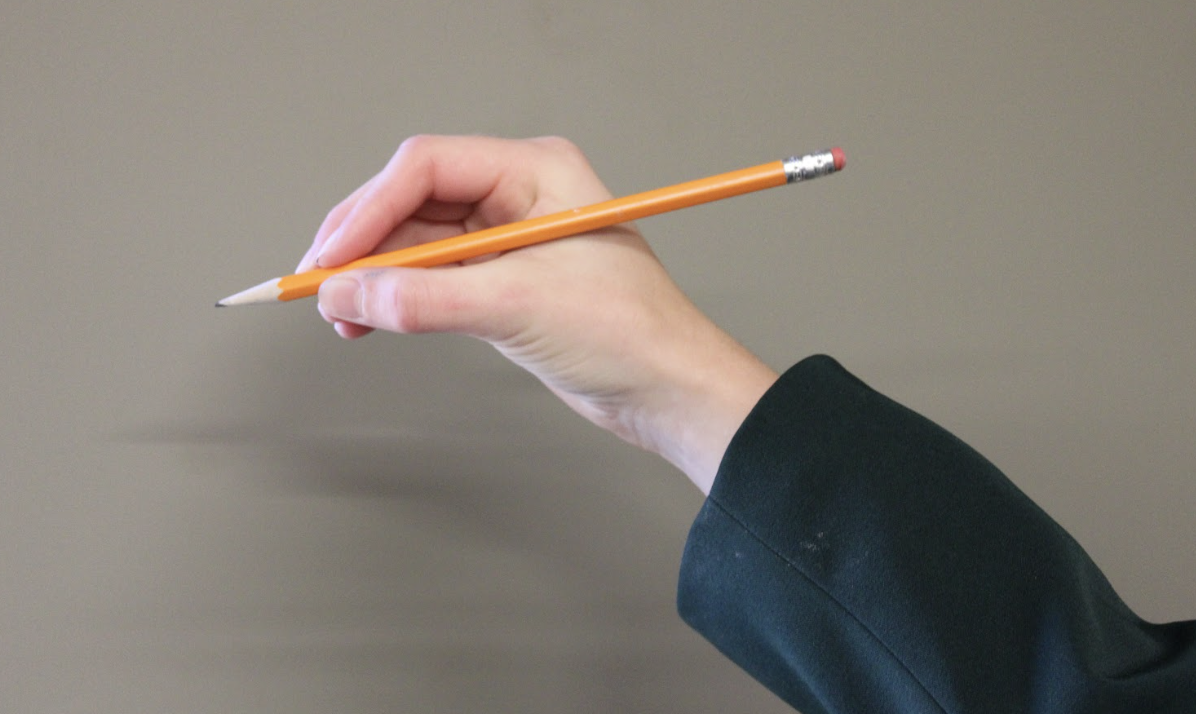As a college-preparatory school, The Baldwin School asks students to look towards the future. Phrases like “From thinking girls to accomplished women” and past fundraising campaigns like “The Future is Baldwin” emphasize the development of Baldwin students into adults capable of making an impact in the world.
Baldwin students seem to be curious and contemplative about the future. Students from lower to upper school came up with a variety of responses to the question, “What will the world look like in 50 years?”
Some students started by contemplating their age in 50 years.
“I’ll probably be dead by then,” Adabelle O’Hara ‘35 said.
When reminded by her friends that she was only six years old, O’Hara decided she wanted a future world full of candy and dogs.
Olivia Stankiewicz-Goldsmith ’25 recognized her role as a potential parent in 50 years. She emphasized the importance of education regardless of what the world will look like in the future.
“Depending on the way of the political world in 50 years, I may have to educate my children more or do more research pertaining to the best choices for my family,” Stankiewicz-Goldsmith said. “Because we are going closer and closer to a more divided America lately, being educated will be more important than ever.”
Students recognize how certain industries may be severely affected by artificial intelligence in the future.
Macy Li ‘26, who describes herself as an aspiring filmmaker, thinks the onset of AI-generated paintings and videos will lead to a crisis of creativity.
“In 50 years, I think people who work in creative industries such as the film or music industry will have their jobs replaced,” Li said. “Creativity is going to experience a drought.”
Drea Wolfson ‘32, who observes how outfits in Disney Channel shows already look dated, imagines a future where contemporary fashion will be viewed as vintage.
“Lululemon is probably gonna be old,” Wolfson said. “Our style is gonna be old!”
However, the majority of the students interviewed were interested in the role of technology in the future. Kayla Okonkwo ‘32, for example, mused about possible inventions in 50 years.
“Instead of Amazon putting your package at your door, it will fly in through your chimney and go down,” Okonkwo said. A
Abbie Bessemer ’28 also listed some innovations but doesn’t necessarily think they are all positive.
“Tesla Cyber trucks will be able to fly,” Bessemer said. “There will be a submarine too. We will advance in stuff we don’t really need.”
Other students came up with more dire predictions for the future.
“[The world] will be destroyed by robots,” Jillian Lu ‘33 said, a view echoed by several of her friends.
Angelica Tang ‘26 is less concerned about robots destroying the world.
“I think humans will have to find a way to curb that [AI] use, so it won’t be like those apocalyptic movies where robots take over the world,” Tang said.
Interestingly, Prisha Mishra ‘32 came up with an idea to peacefully integrate robots and humans.
“Maybe they’ll do some really genius thing and somehow store someone’s brain inside a robot,” Mishra said.
Sienna Yocom ‘26, who wants to pursue environmental science, thinks it’ll be humans who are responsible for the destruction of the world.
“If nothing is done about climate change, then the future of the world will be really bad. Temperatures will rise, and stuff will die,” Yocom said.
Hafsa Kanchwala ‘25 had a political goal.
“In fifty years, I hope we’ve had at least five female presidents,” Kanchwala said. “We need more representation in our executive branch.”
Yet not all students held such fantastical views of the future. While many of her peers had mentioned flying cars and robotic inventions, third grader Katherine Ryan ‘34 gave a plain, three-word answer:
“The exact same,” Ryan said.
Just the day before, senior Stankiewicz-Goldsmith had given a similar answer.
“In 50 years, I don’t think things won’t be drastically different. There will be innovations in technology for sure [but] the basic pathway of life will be pretty similar to now,” Stankiewicz-Goldsmith said.
The variety of answers reflects the diverse views and experiences of Baldwin students. Yet, on the other hand, lower schoolers and upper schoolers alike shared similar visions and hopes for the future, regardless of their difference in age.
At times innovative and exciting, and at other times practical and reflective, Baldwin students’ hopes and concerns should confirm that the future is unknown but limitless – ready to be shaped by this generation.






